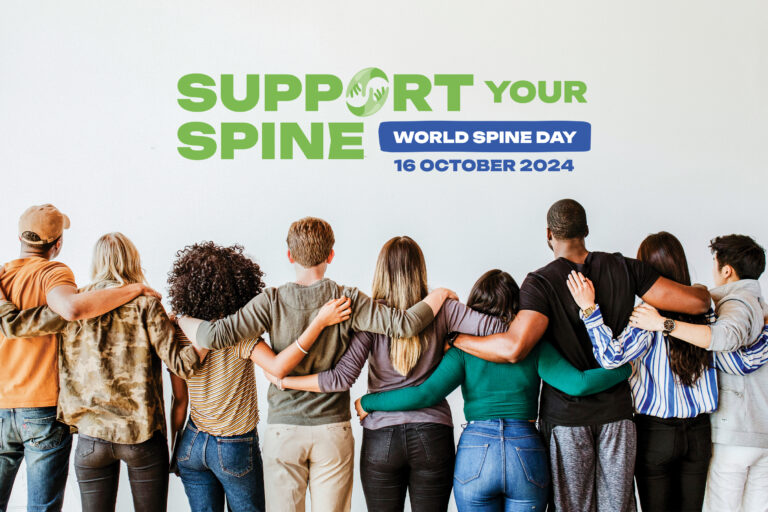If your work demands standing for extended periods, safety should be your top priority. Numerous professions require employees to stand for extended durations, and proper posture is crucial to prevent chronic conditions such as lower and middle back pain. Here’s what you need to know about maintaining a healthy workspace when standing for long hours:
Health Implications of Prolonged Standing
Extended periods of standing demand significant muscular effort and can impact workers physically and psychologically if not managed correctly. Potential health issues include neck and shoulder stiffness, low and mid-back pain, leg swelling and pain, circulation problems, low blood pressure, varicose veins, joint issues (ankles, knees, hips), foot problems, muscular fatigue, and tiredness.
Maintaining a Healthy Spine and Wellbeing at Work
Prevention is key to avoiding workspace injuries. Workers who stand for extended periods can follow these simple steps to minimise the impact on their spinal health:
1. Maintain Good Posture
- Stand tall and relaxed with a straight back and shoulders back.
- Lightly engage your abdominal muscles.
- Find the upright ‘position of ease,’ avoiding excessive rigidity.
2. Avoid Prolonged Looking Down
- Keep your head up and face forward.
- Avoid looking down at your phone; hold it in front of you to align it with your shoulders.
3. Take a Balanced Approach to Standing
- Stand evenly on both feet with shoulder-width apart.
- Shift your body weight from toes to heels and between feet regularly.
- Avoid locking your knees.
- Keep your hands and arms relaxed at your sides.
4. Choose Appropriate Footwear
- Wear comfortable, sensible shoes suitable for your task, avoiding high heels.
- Opt for shoes wide enough to allow toe movement, with arch support and secure heels.
- Consider insoles or orthotics for additional support.
5. Warm Up Before Work
- Incorporate gentle exercises and stretches into your daily routine.
- Calf and leg stretches, squats, and heel raises can improve circulation and strengthen lower limbs.
6. Establish Good Habits
- Alternate between standing, moving, and sitting every 30 minutes.
- Avoid overreaching beyond your comfort zone.
Employer Responsibilities
In Australia, employers are responsible for ensuring workers’ safety during prolonged standing. They should allow employees to vary their posture and movements by alternating between sitting, standing, and walking. Using anti-fatigue floor mats on hard surfaces can provide appropriate cushioning.
Download the Straighten Up App for Workspace Safety
To break up long periods of standing, consider using ACA’s Straighten Up app. The app contains a perfect three-minute exercise routine that is also great for improving your spinal health and stabilising core muscle groups. The app also allows you to set daily reminders about stretching, taking breaks, drinking water, and improving your posture! It even has a nifty augmented reality feature, which allows you to see good and bad postures in different scenarios. To learn more about the Straighten Up app visit www.chiro.org.au/resources/apps/
Consulting an ACA Chiropractor for Workplace Injury Prevention
Intervention is your best defence against workspace injuries. Consult an ACA chiropractor to assess your overall spinal health and receive advice on posture, stretches, and exercises to improve flexibility, mobility, and spinal health. To find your local ACA chiropractor, visit our ‘Find a Chiro’ search engine www.chiro.org.au/find-a-chiropractor



